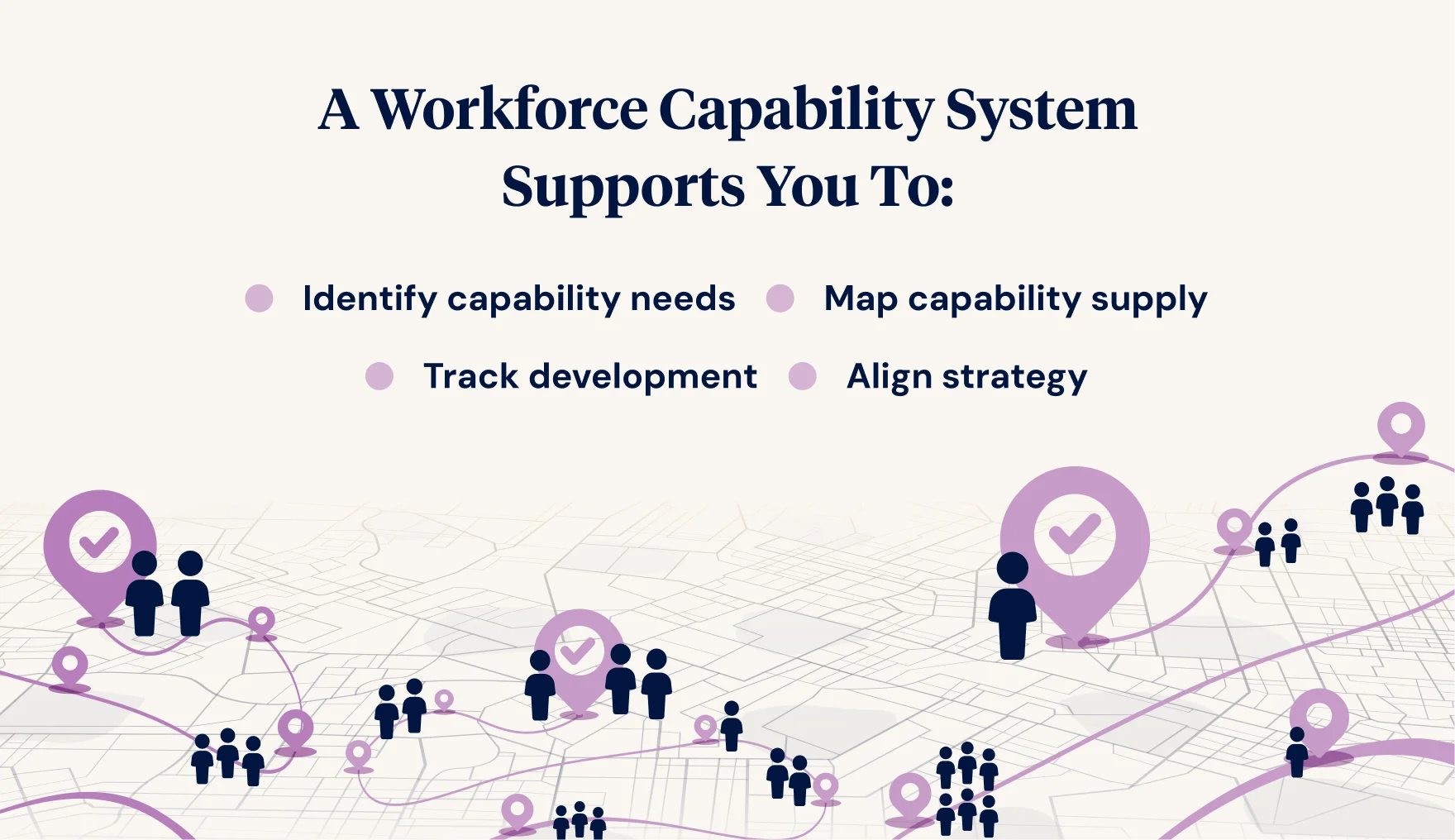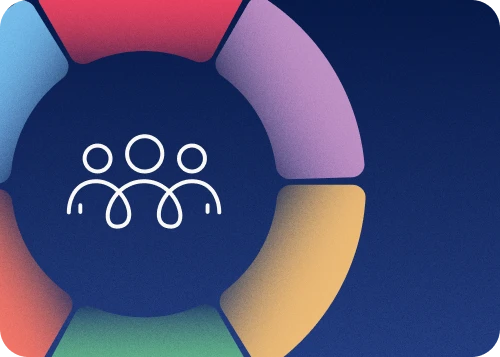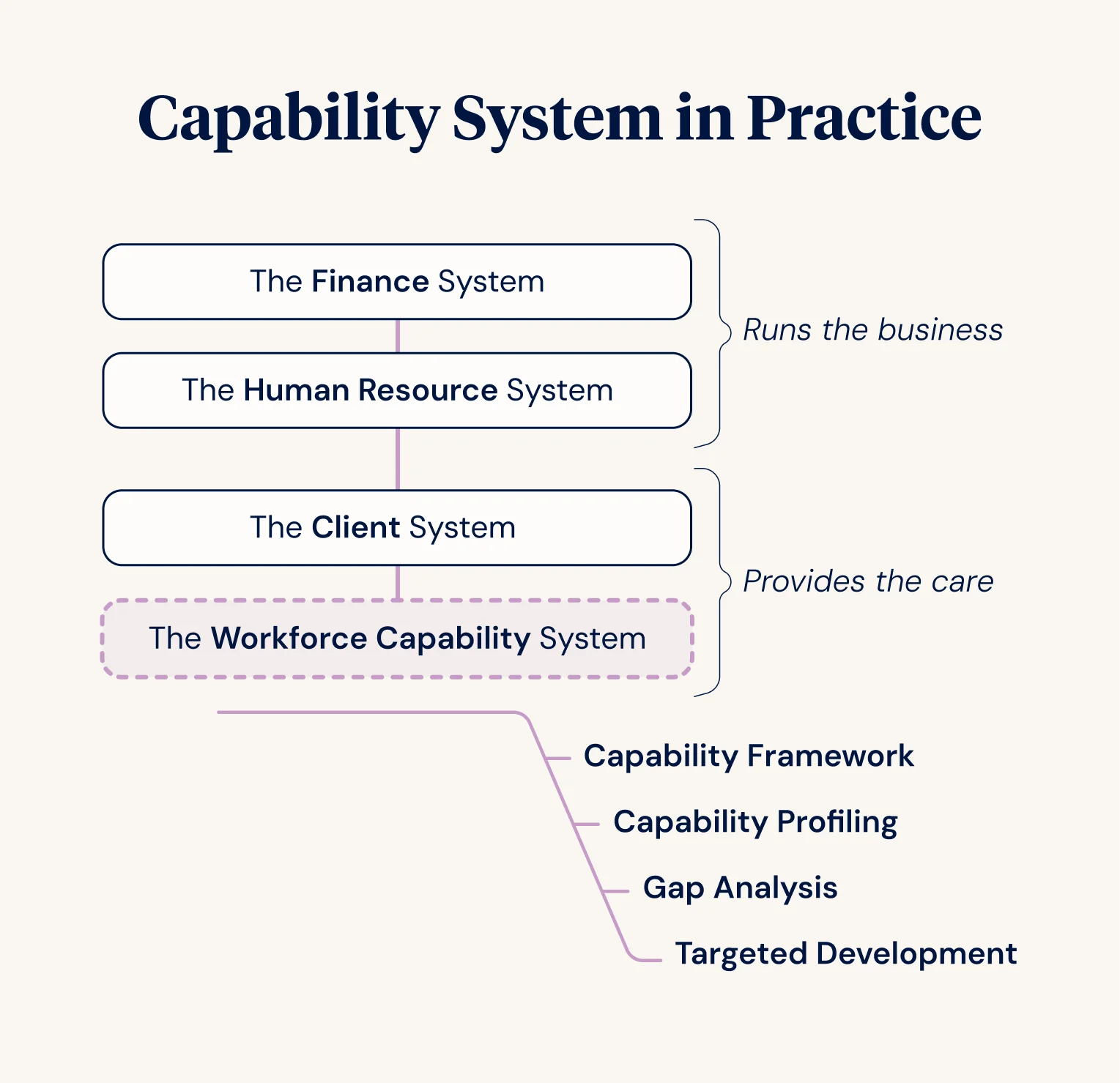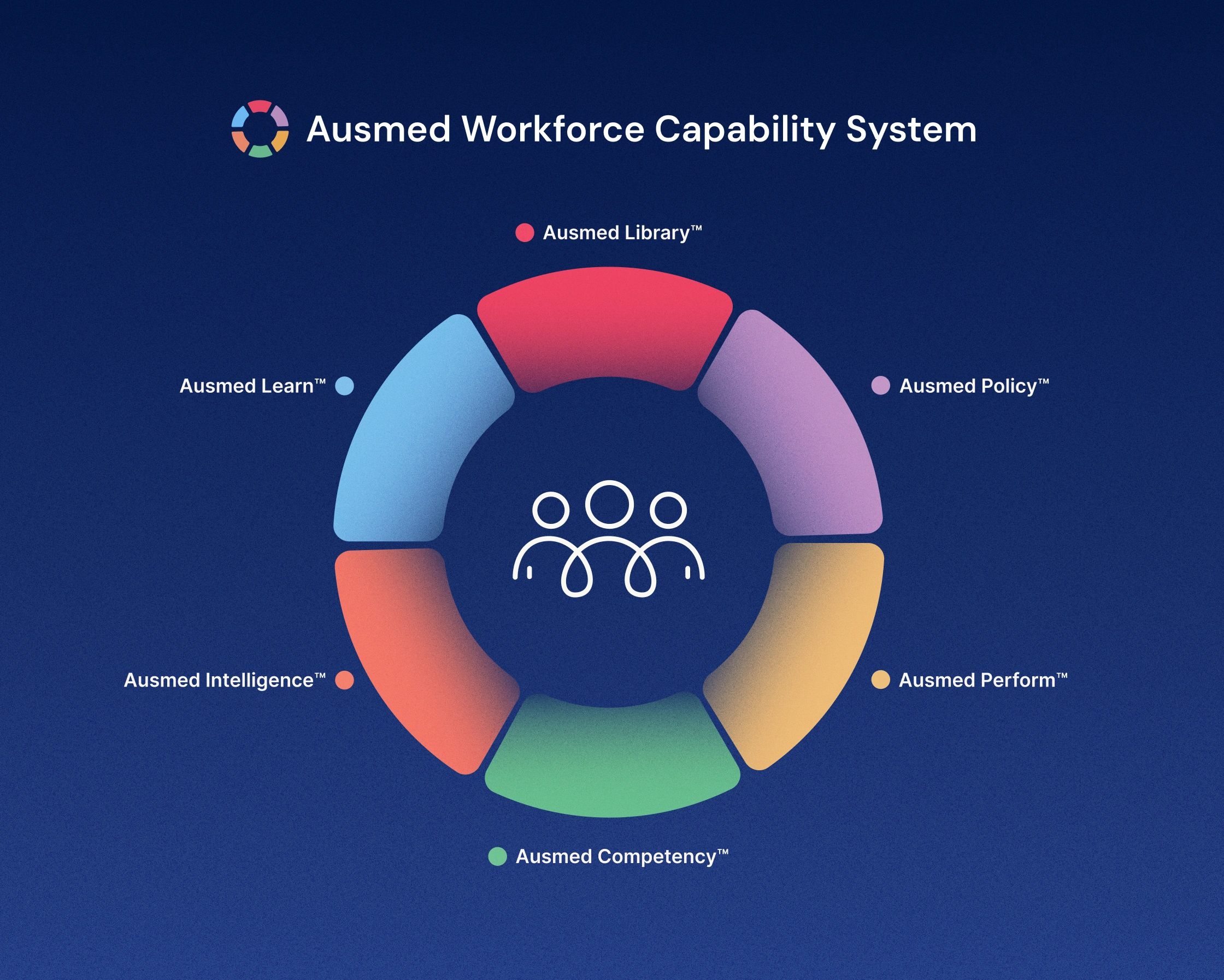A Workforce Capability System helps your organisation match the capabilities it needs with the capabilities it has and builds the bridge between the two. For aged care, health, and community services providers, it's an essential system that supports compliance, safety, and growth. In this guide, we'll show you how to explain the concept clearly to your executive team and start building internal buy-in.
The Challenge
Let's start with a common scenario.
You're responsible for training and workforce development, and Australia's strengthened Aged Care Quality Standards are taking effect in November 2025. Or, the Quality Commission updates its guidance. You've got a list of learning activities underway, but no visibility over whether they're aligned with actual job requirements, let alone organisational strategy.
Your executive team asks:
- "Are we covered for the new requirements?"
- "Who is actually capable of doing what?"
- "What's the ROI on this training?"
And your answer?
"We're not sure, but we're working on it."
This challenge is more critical than ever. Healthcare organisations must comply with over 600 discrete regulatory requirements annually, while 82% of health professional occupations face workforce shortages. The cost of getting this wrong is significant—compliance failures can result in penalties, while poor capability alignment leads to staff turnover that costs up to 200% of an employee's annual salary to replace for specialised healthcare professionals.
So, What Is a Workforce Capability System?
At its core, a Workforce Capability System is a structured, ongoing approach to:
| Element | Description |
| Identifying capability needs | What capabilities (skills, knowledge, behaviours) do we need at all levels of the organisation? |
| Mapping the capability supply | What capabilities do our people actually have right now? |
| Tracking development | Are we building capability in the right areas, and how do we know? |
| Aligning strategy | Are learning and workforce development activities aligned with organisational goals? |
Think of it like a GPS. It shows you where your people are, where you need them to go, and the most efficient path to get there.


Explore the system underpinning Australian healthcare
Ausmed's Workforce Capability System combines learning management, healthcare content, policy management, performance management, analytics and competency management into one seamless system.
Why Your Executives Should Care
To get the attention of your executive team, tie the Workforce Capability System directly to the things they do care about.
| Executive Concern | How a Workforce Capability System Helps |
| Risk & compliance | Ensures workforce meets standards, tracks capabilities against specific reform requirements |
| Operational efficiency | Identifies gaps that lead to inefficiencies, missed care, or rework, allowing administration to eliminate them. |
| Financial sustainability | Optimises training spend by aligning education to actual needs |
| Strategic planning | Provides visibility into workforce readiness for new models of care or services |
| Staff retention | Enables career pathways and learning investment that retain skilled staff |
What a Capability System Looks Like in Practice
It's not a single tool. It's a coordinated approach with four core pillars, and it sits alongside your other systems.

1. Capability Framework
A standardised set of capability statements by job role, department, or domain (e.g., clinical care, leadership, cultural safety).
2. Capability Profiling
This is where you map each person's current capabilities - through self-assessment, supervisor input, or verified completions.
| Method | Pros | Pressure points |
| Self-assessment | Quick, scalable | Can be subjective |
| Supervisor ratings | Adds context, validates claims | Time-intensive |
| Verified activity records | Objective, audit-ready | Needs data integration |
3. Gap Analysis
Identify where capability gaps exist across teams, locations, or roles, and where risks are concentrated. Research shows that systematic gap analysis helps organisations prioritise development investments and reduce compliance risks.
4. Targeted Development
Based on the gaps identified, you assign or recommend learning activities that are mapped to specific capabilities. Studies demonstrate that capability-aligned training is significantly more effective than generic approaches.
With Ausmed, you can use assignments to deliver targeted education aligned to your capability needs, with built-in tracking and compliance reporting.
Building the Case Internally
When talking to your executive team, start with the why, and use their language.
Here's a three-step conversation structure you can use:
Step 1: Start With Risk
"We currently don't have visibility into who's capable of meeting our compliance and care delivery requirements. With the strengthened Quality Standards taking effect in November 2025, this represents a significant risk to our operations and reputation."
Step 2: Position the Solution
"A Workforce Capability System gives us a clear view of what we need and whether we have it. It's evidence-based, and it directly supports our regulatory obligations."
Step 3: Highlight Strategic Value
"Beyond compliance, this gives us a way to invest in people strategically - building internal talent pipelines, improving care quality, and reducing our turnover costs."
Common Misconceptions (and How to Tackle Them)
| Objection | Suggested Response |
| "We already do training." | "Yes, but training completion is different from building measurable capability. This helps us track outcomes, not just completions." |
| "Sounds complex." | "The right tools, like Ausmed, make it practical and scalable.” |
| "We don't have time." | "This actually saves time by focusing development where it matters most. It also prepares us for audits more efficiently and reduces the time spent on compliance-related rework." |
| "What about the cost?" | "Long-term ROI is expected to be high, and that's before considering compliance penalty avoidance and reduced turnover costs. The cost of not having visibility into workforce capability is much higher." |
Tips for Starting a Capability System in Your Organisation
- Audit what you already have. You may already have frameworks, skills matrices, or position descriptions that form a starting point.
- Start small. Choose one department or risk-priority area (e.g., medication safety, infection control) to pilot capability profiling.
- Use existing learning records. If you're using Ausmed, many capabilities can be tracked automatically through completions.
- Plan for change management. Research shows 40-70% of healthcare IT projects fail, often due to insufficient change management. Factor in time for training and adoption support.
- Get leadership involved early. Invite a senior sponsor to your pilot team - they'll be key to scaling success.
- Align with regulatory requirements. If you're in Aged Care, ensure your framework addresses Australian Aged Care Quality Standards, particularly Standard 7 (Human Resources) requirements.
How Ausmed Supports Capability Systems
The Ausmed Workforce Capability System is purpose-built for acute care, aged care, disability care and community services providers, incorporating lessons from successful implementations and regulatory best practices.
Some of the core concepts of the system aren’t necessarily that foreign to what you would implement on paper. Naturally however, the digitalisation of these concepts in Ausmed brings your data and outcomes into sharper focus.
| Concept | Applied in Ausmed |
| Capability Frameworks | Start from a validated Australian baseline or customise your own, aligned with regulatory requirements |
| Assignments | Deliver learning mapped directly to capability gaps, with automated tracking |
| Learning Progress Tracking | Automatically show which capabilities are developing and where support is needed |
| Compliance Mapping | See how learning aligns to various Standards and reforms, with audit-ready reporting |
| Analytics Dashboard | Evidence of capability growth over time, by individual, team, or organisation |

Explore further: Visit the Ausmed Workforce Capability System
Final Thought: Capability is the Bridge Between Strategy and Action
Most leaders know where they want the organisation to go. But without a clear picture of what their people can actually do today (and what they need to do tomorrow), there's a gap.
A Workforce Capability System closes that gap. It gives you a way to prove your workforce is ready for whatever comes next, whether that's new regulatory requirements, changing models of care, or strategic growth initiatives.
Research consistently shows that organisations investing in systematic capability development achieve better compliance outcomes, improved financial performance, and higher staff satisfaction. When you use a trusted system like Ausmed, you're not starting from scratch; you're building on a foundation that's designed specifically for Australian healthcare and aged care providers.
The question isn't whether you need a Workforce Capability System; it's whether you can afford to continue without one.



